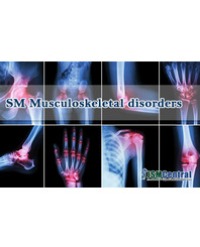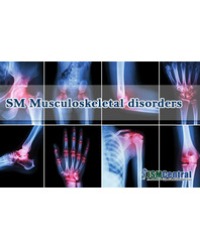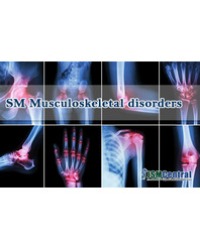
Multiple Exostosis Disease: Study of Three Senegalese Families
Introduction:
Multiple exostosis disease is rare. We report three familials forms of this disease a found by a systematic screening of three cases.
Patients and Methods:
Study carried out in the Rheumatology Department of the Aristide Le Dantec University Hospital in Dakar, between December 2015 and June 2018. We have collected patients from families with multiple exostosis disease.
Results:
The family study included a total of 108 members, 15 of whom (13 male and 2 female) had multiple exostosis disease. The family prevalence was 13.88%. The average age was 6 years at the apparent onset of the disease and 21 years at diagnosis. The inbreeding rate was 55%. The average time to diagnosis was 15 years. The number of osteochondromas recorded in a patient varied between 4 and 17. Exostosis was localized to the limbs in 87.30% of cases and to the axial skeleton in 12.70% of cases. Standard radiographs showed sessile form in 14 patients and pedicularformin 2 patients. The evolution after the end of growth was marked by a recovery of activity. Osteo-articular complications and vascular compressions were noted in 5 and 3 cases respectively. No cases of malignant degeneration have been reported. Surgical treatment was performed in 3 cases.
Conclusion:
Family character of the multiple exostosis disease in our patients is in favor of the implication of genetic factors in the determinism of the disease. We encourage systemic screening of the family for all cases of multiple exostosis disease.
Niasse Moustapha¹, Kane Baïdy Sy², Salissou Garba Mahaman¹, Sarr Lamine², Diouf Coumba¹, Akpo Géraud⁴, Diouf Alioune Badara³, Diallo Saïdou¹, Ndongo Souhaibou², and Pouye Abdoulaye²*


